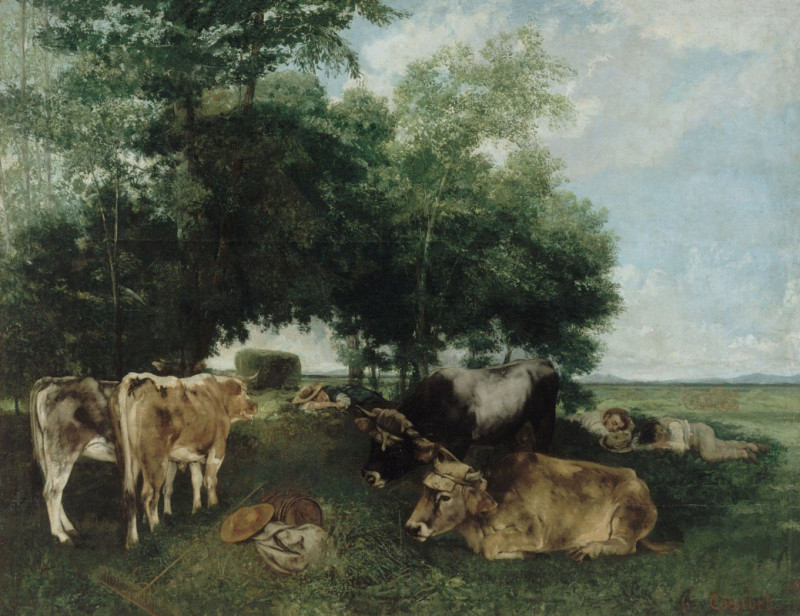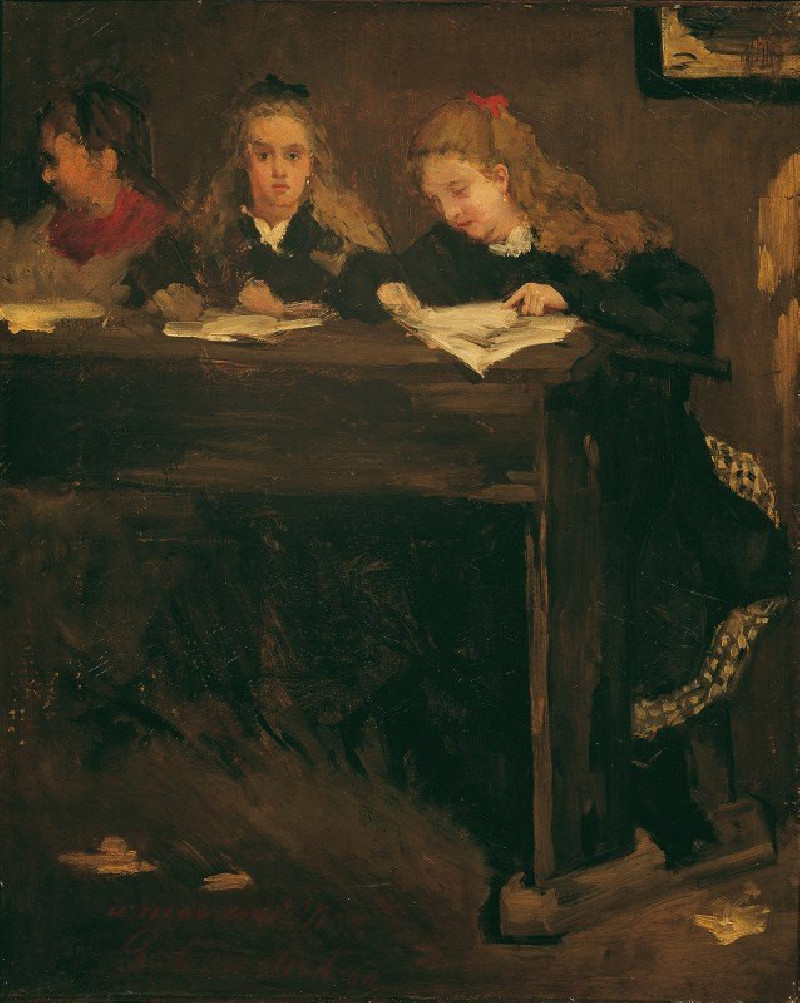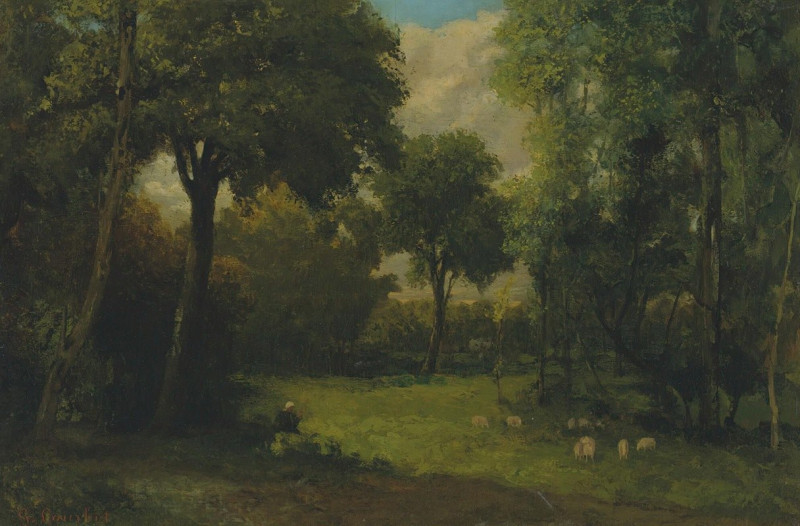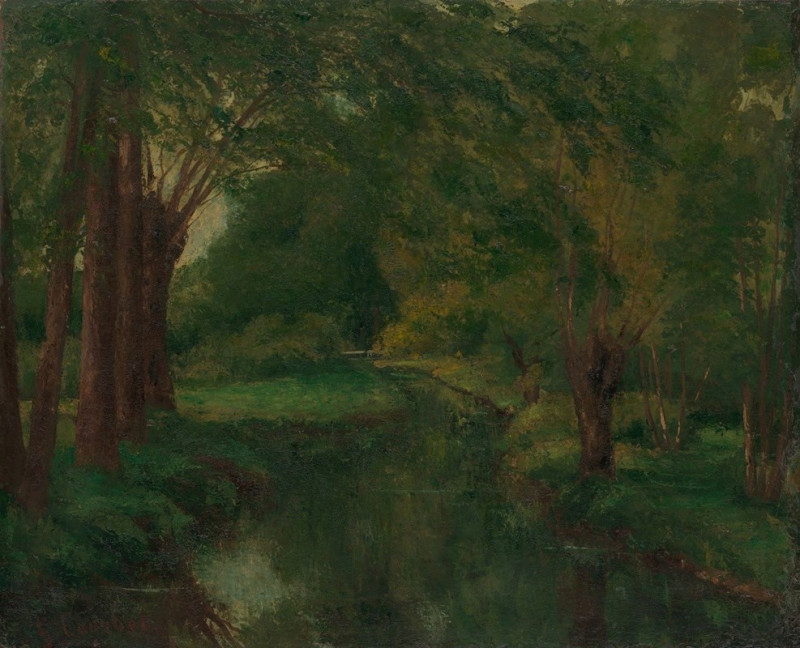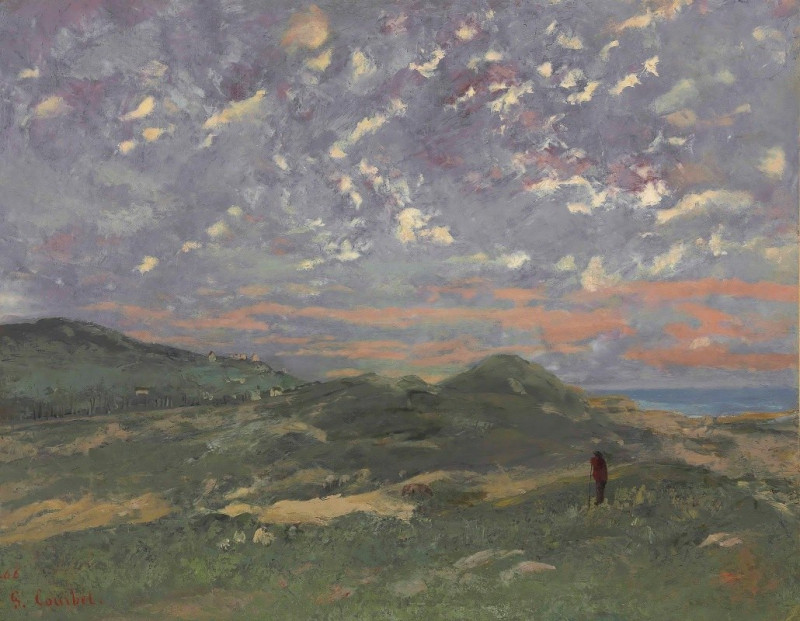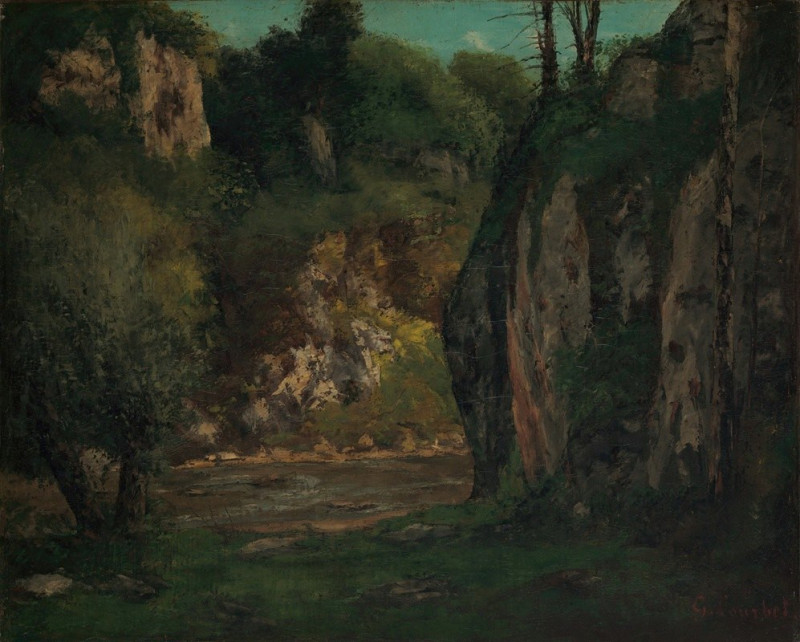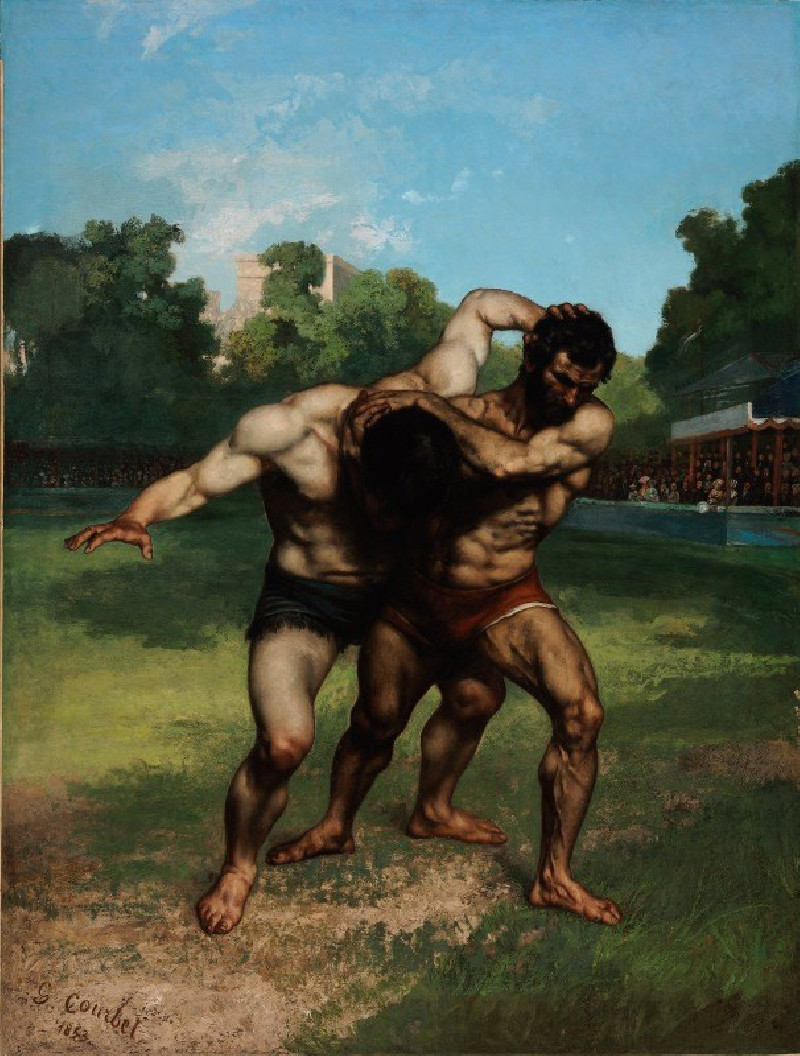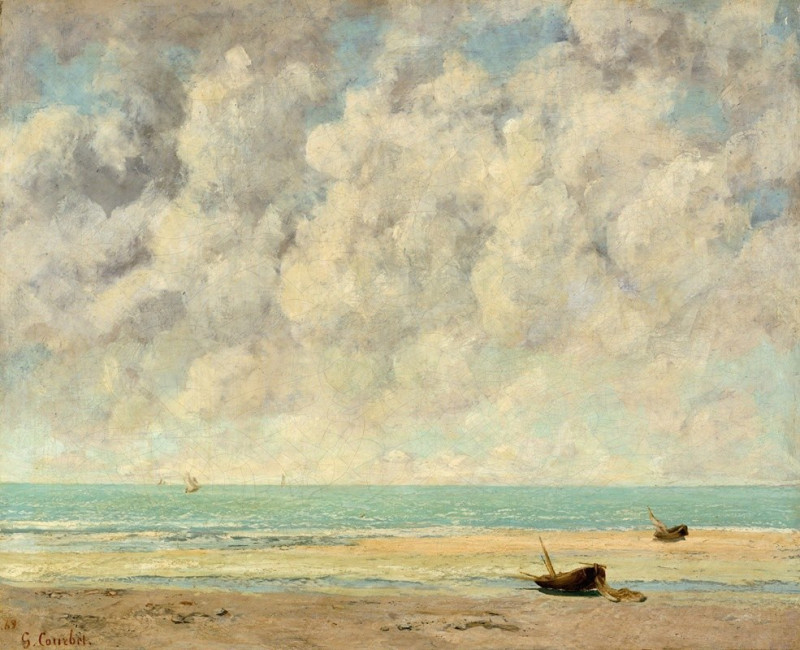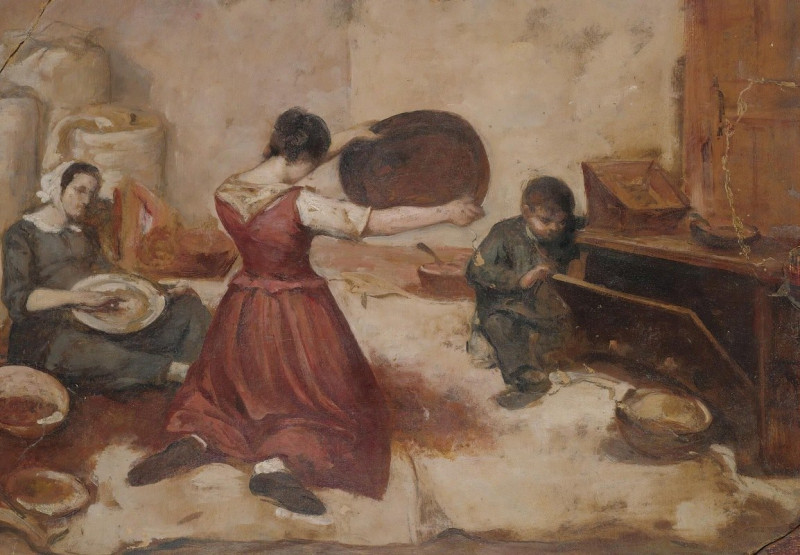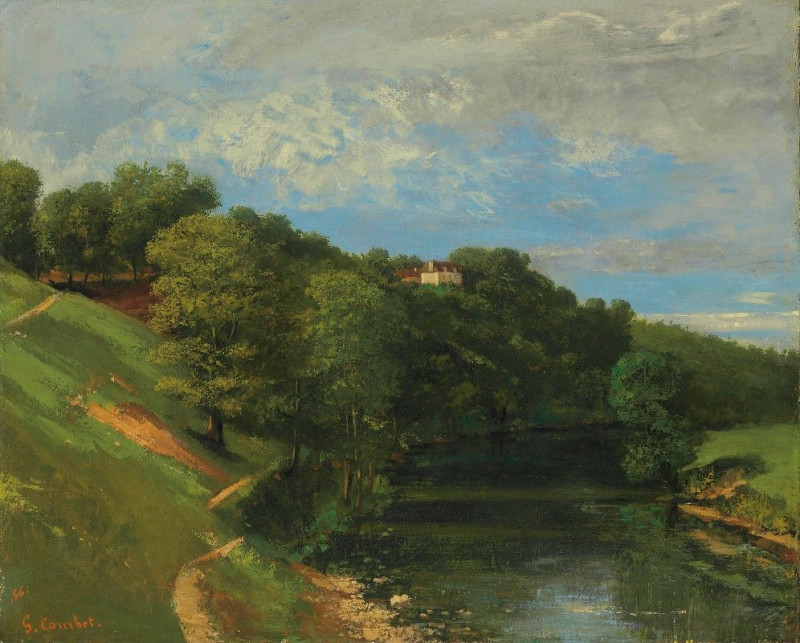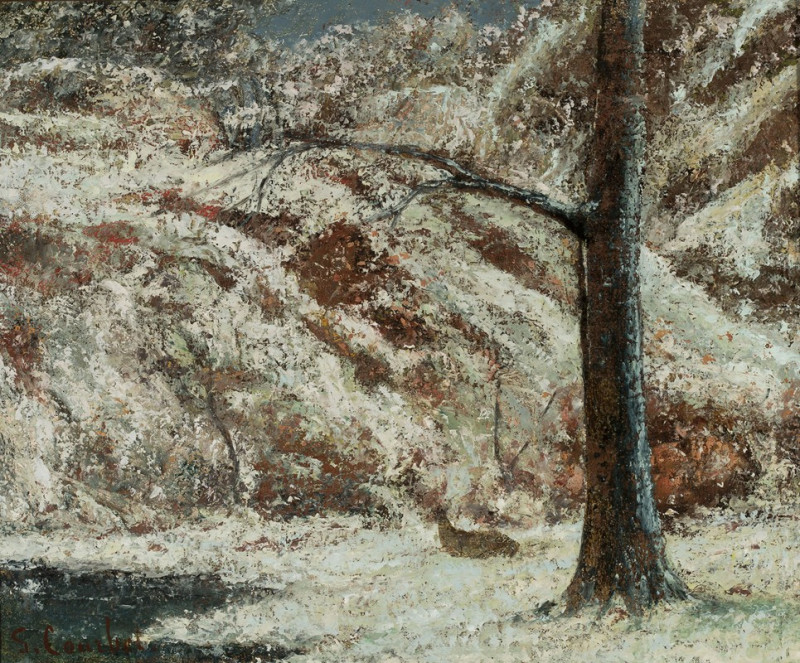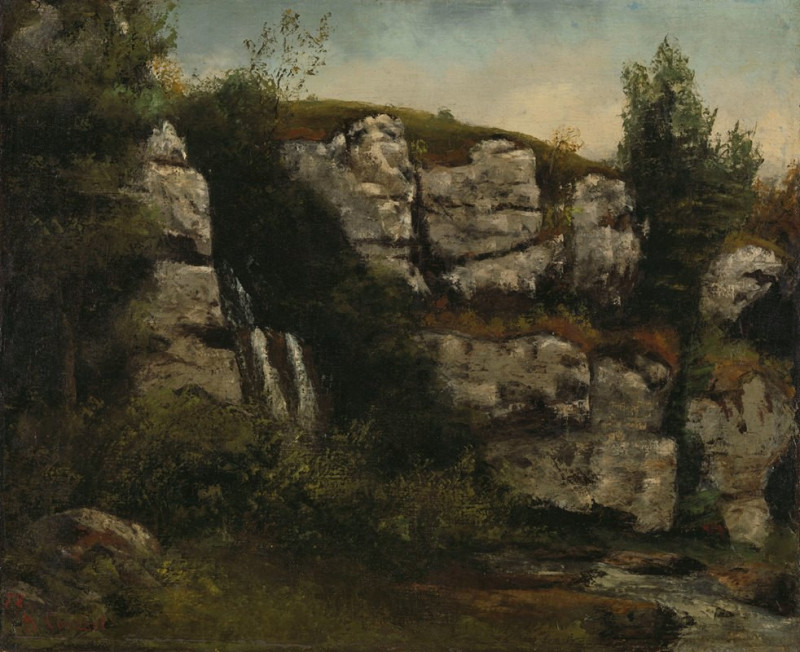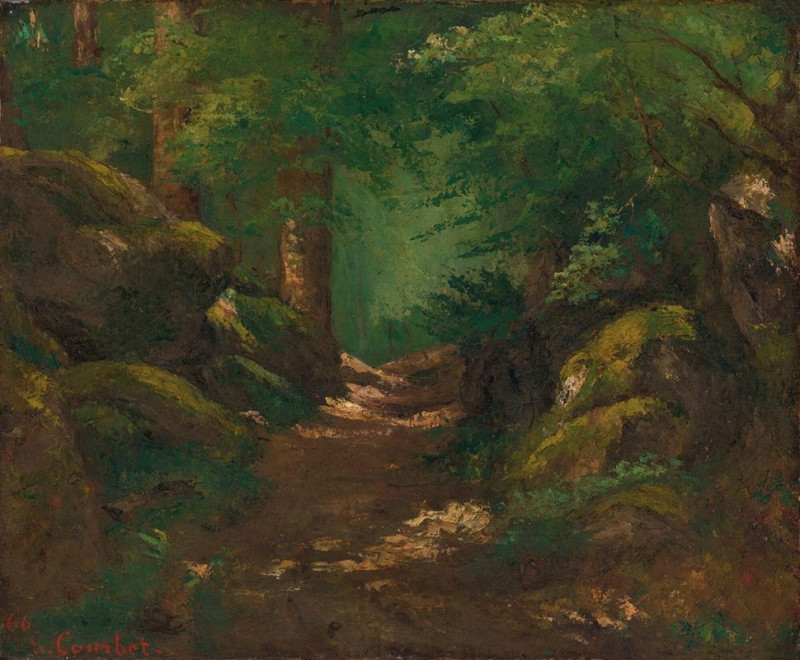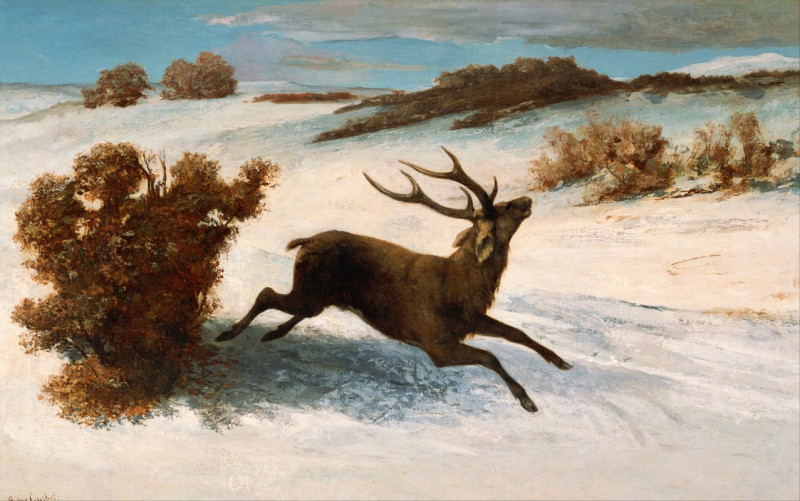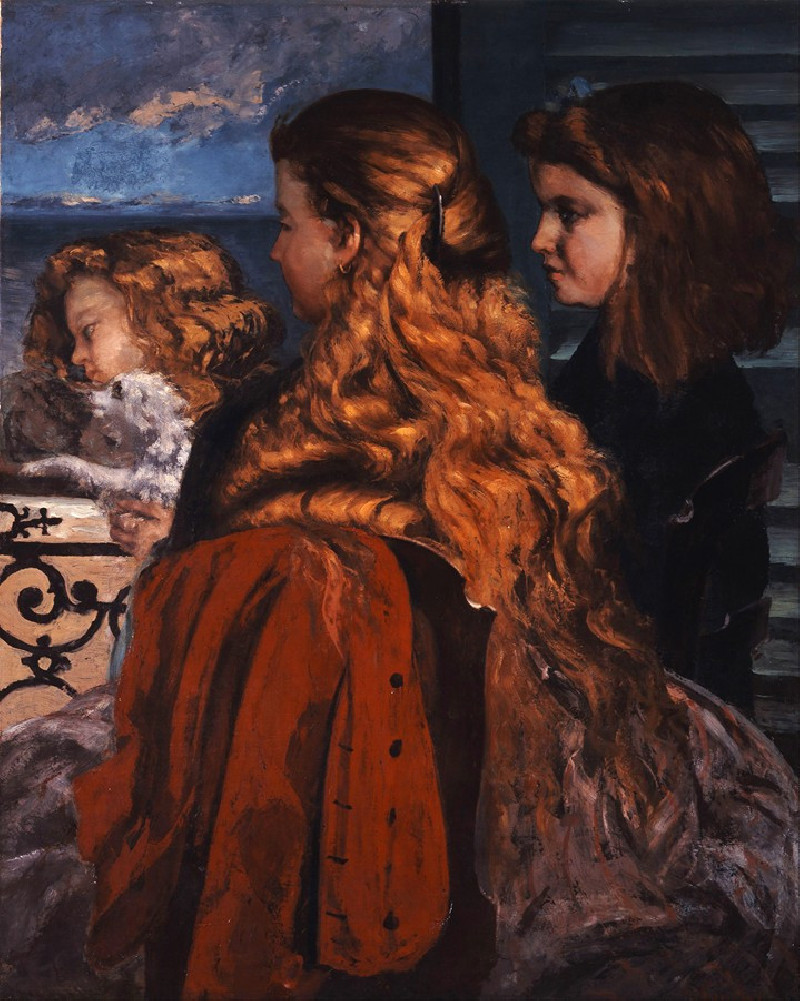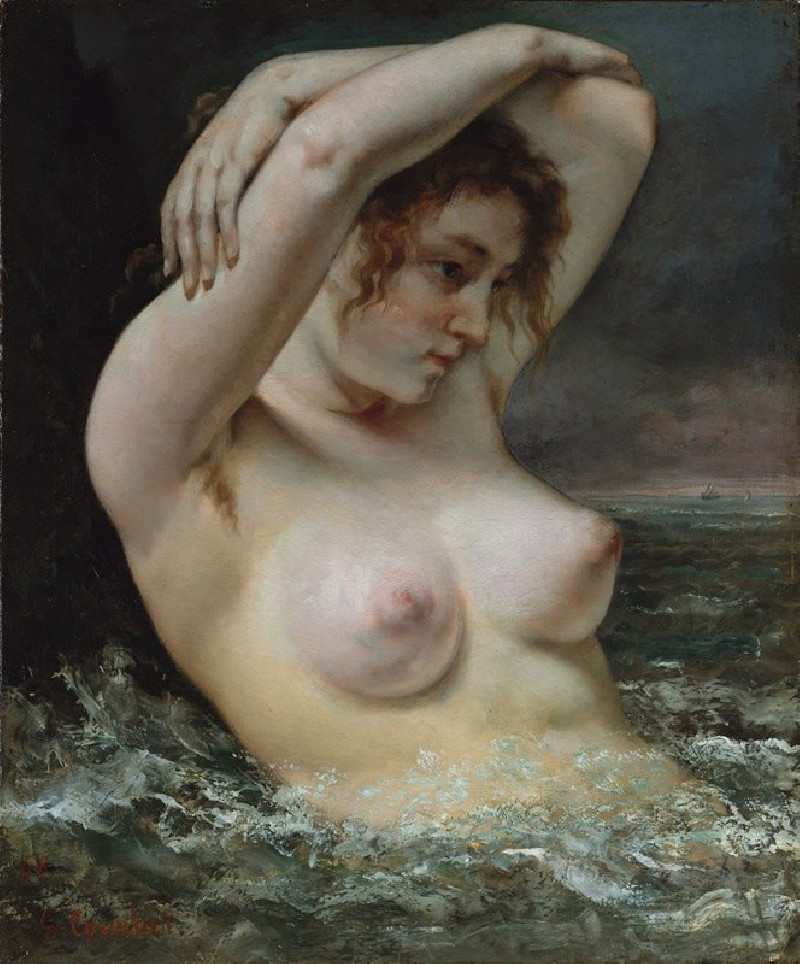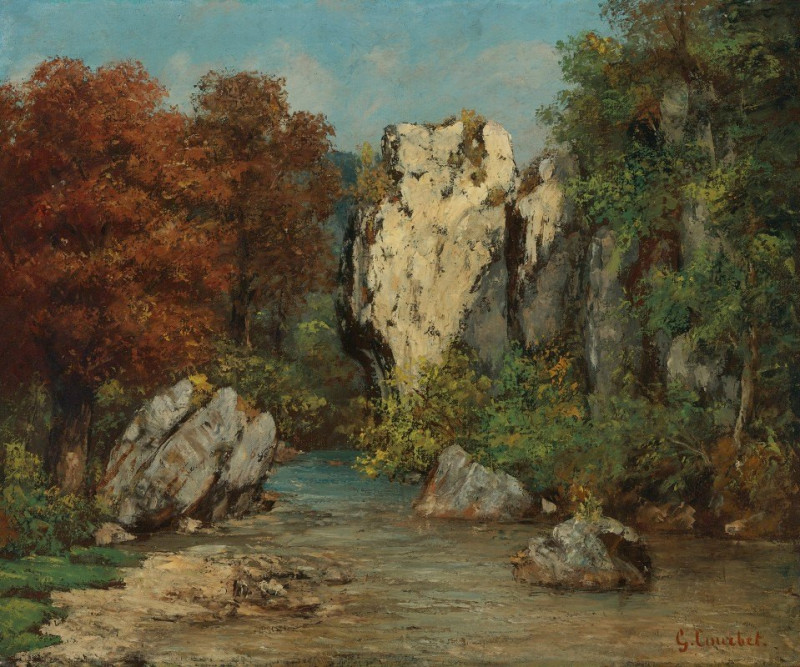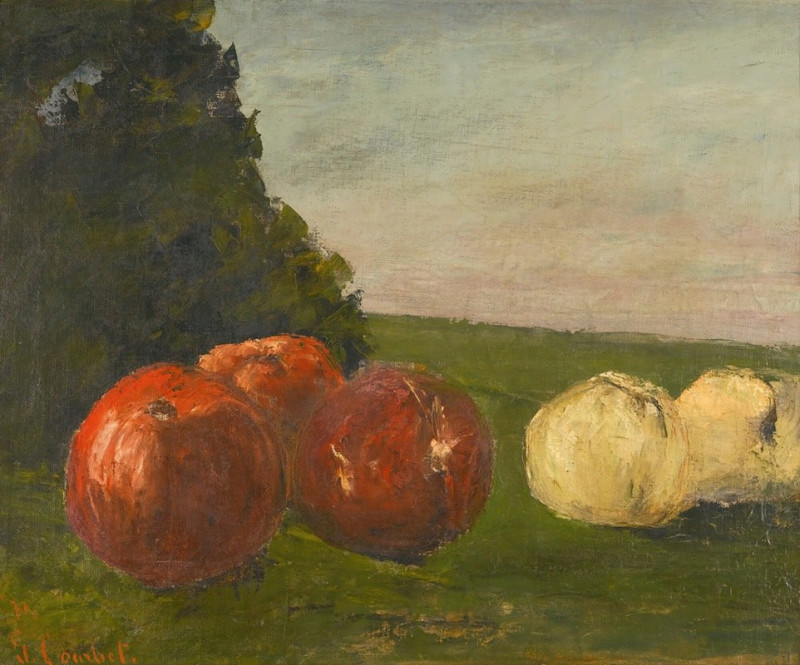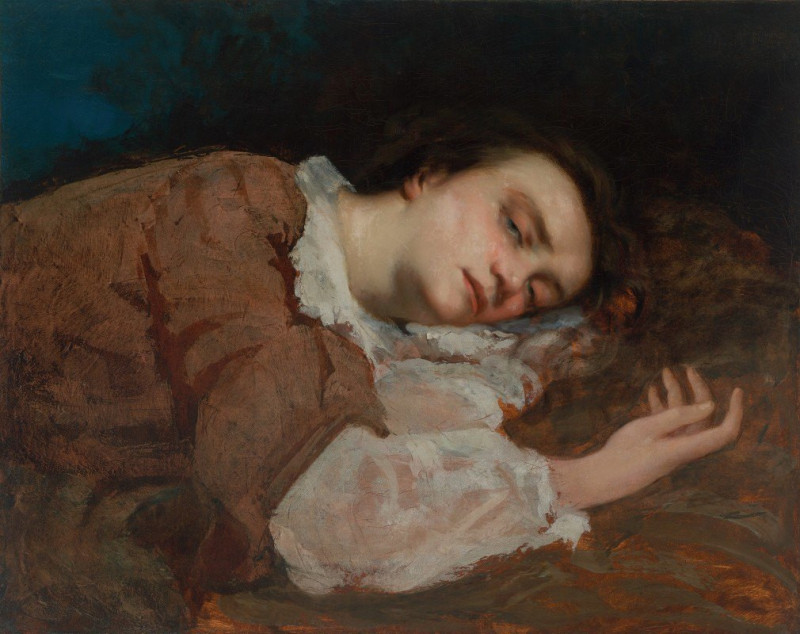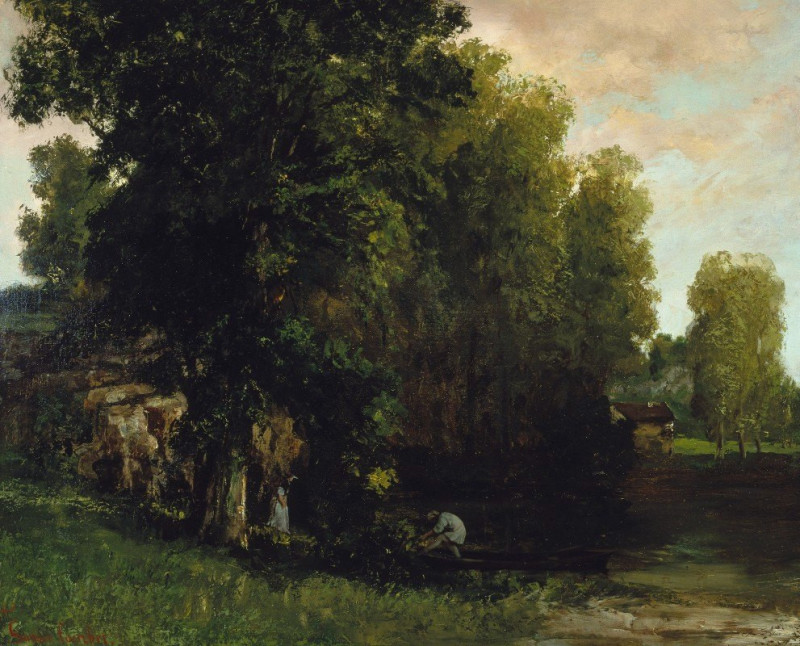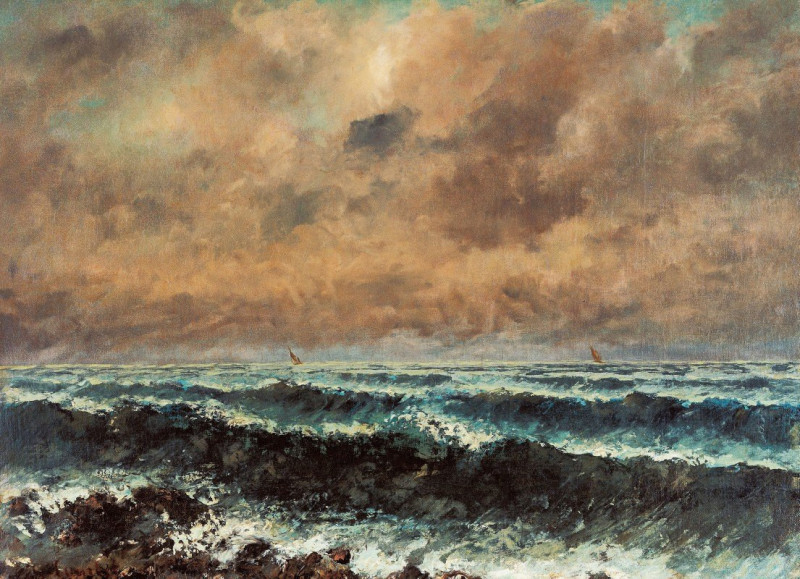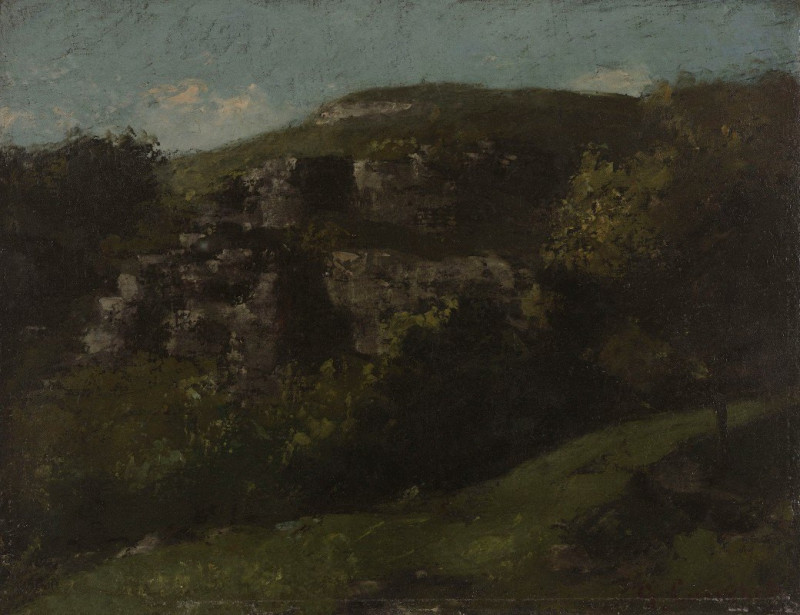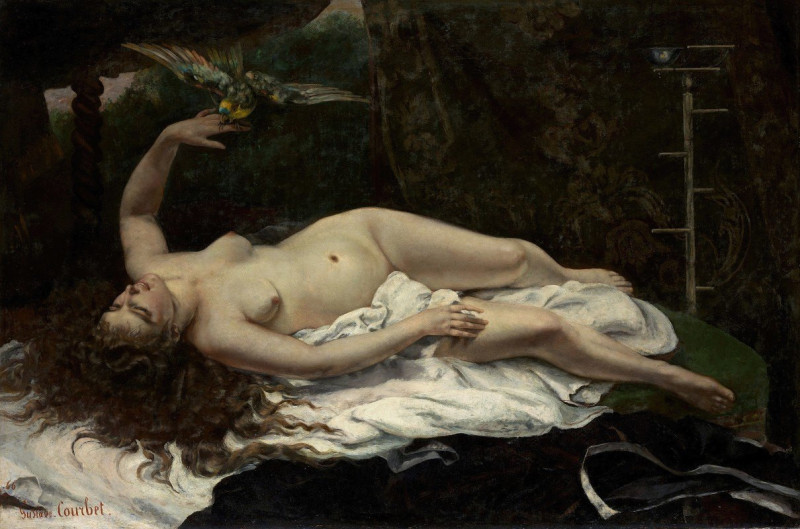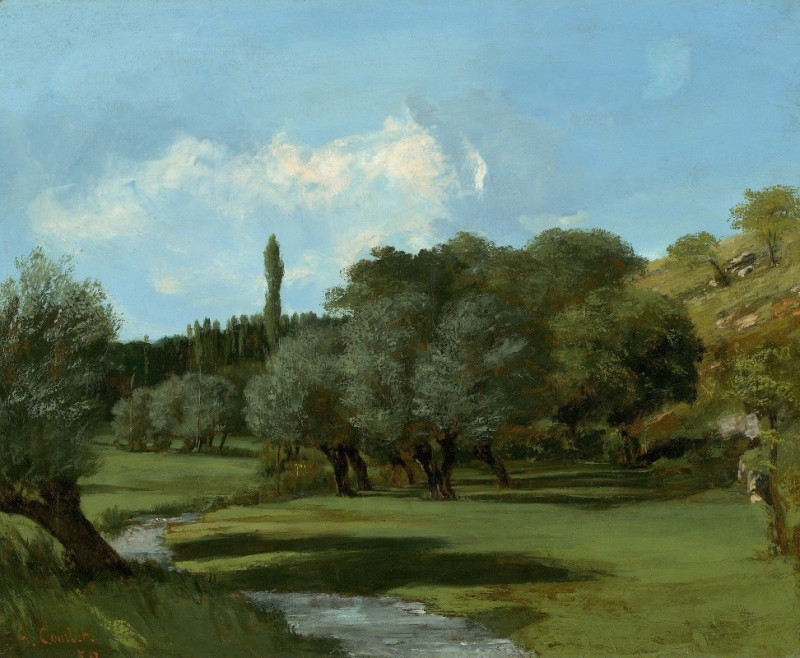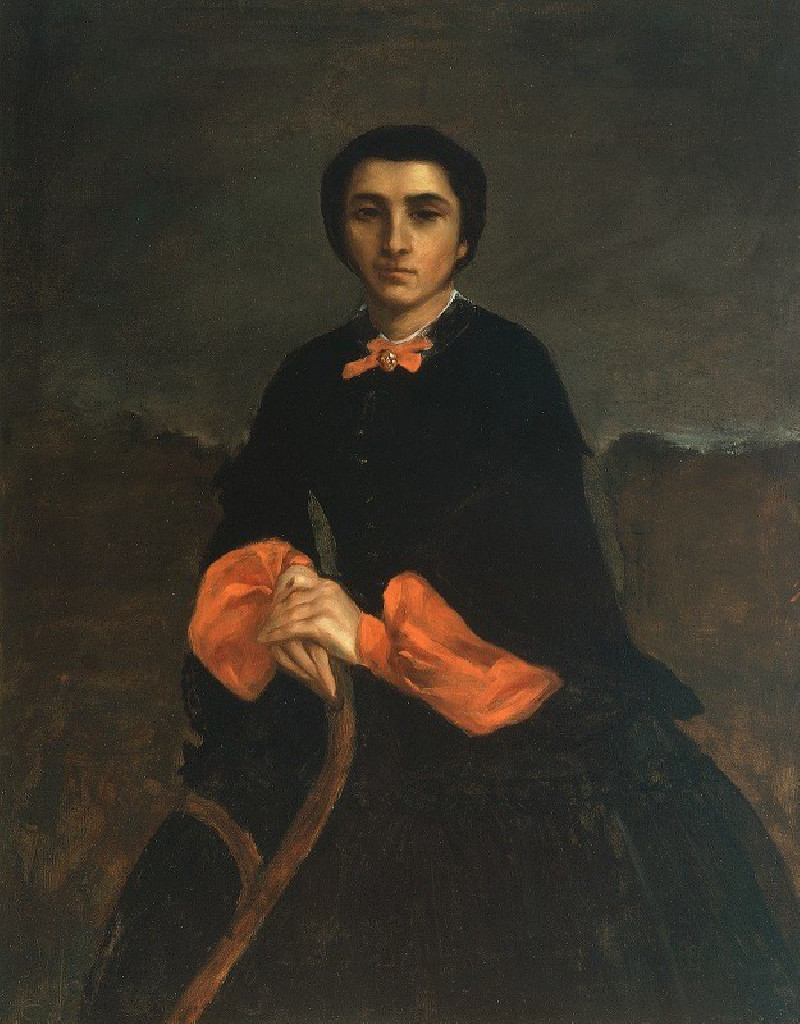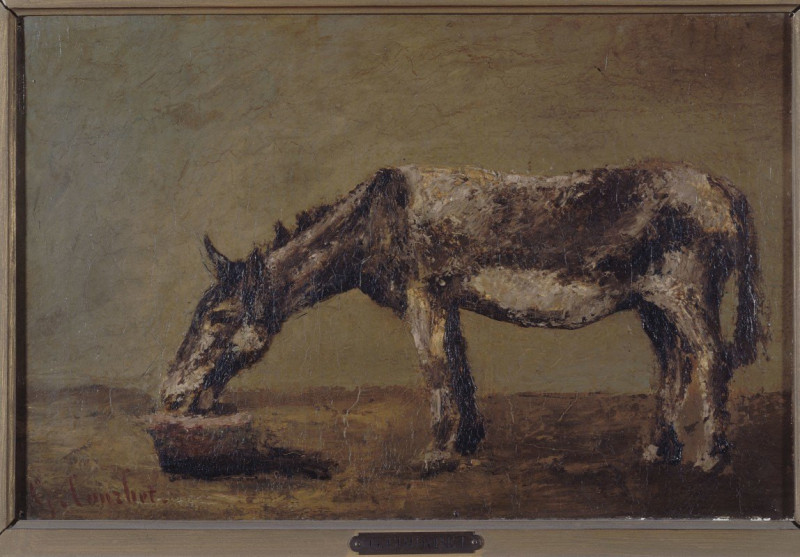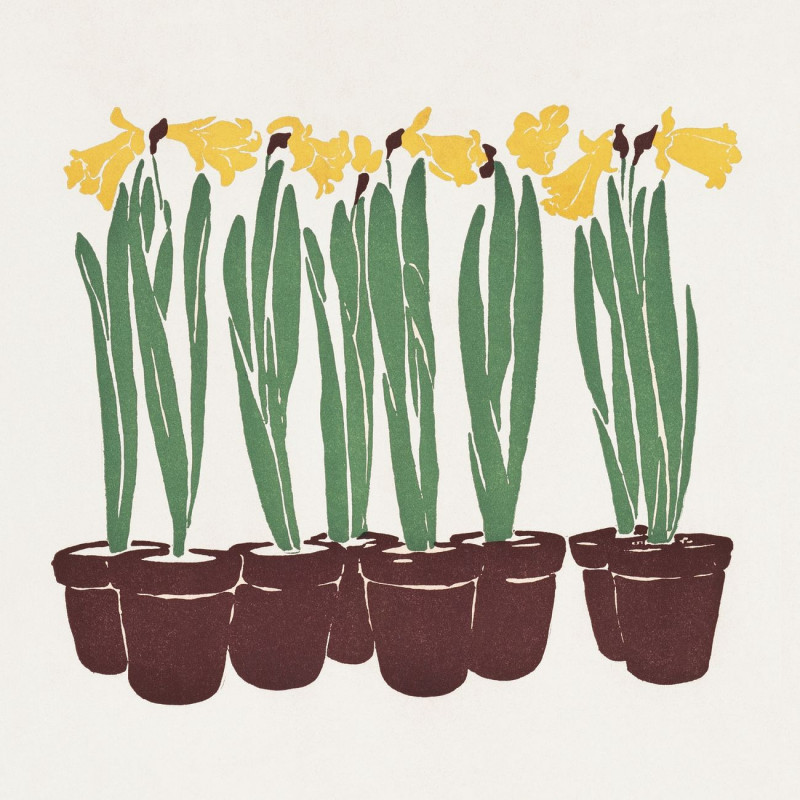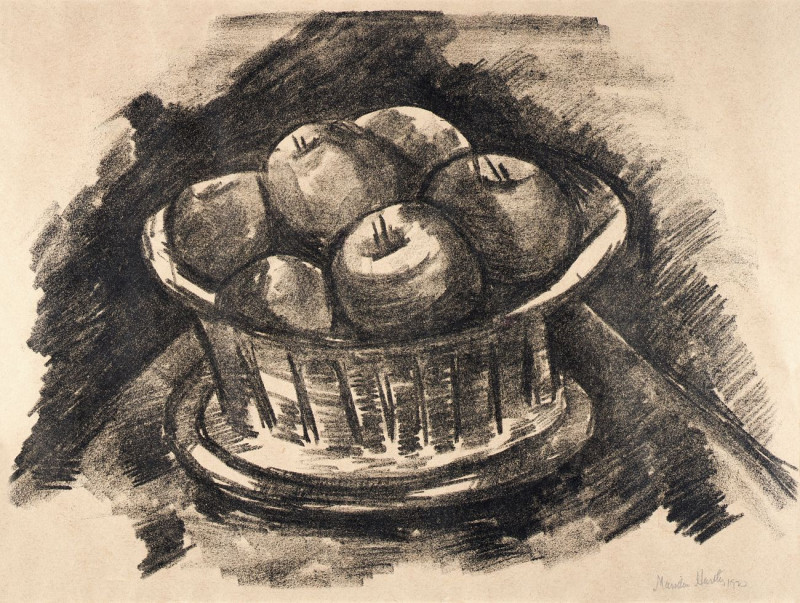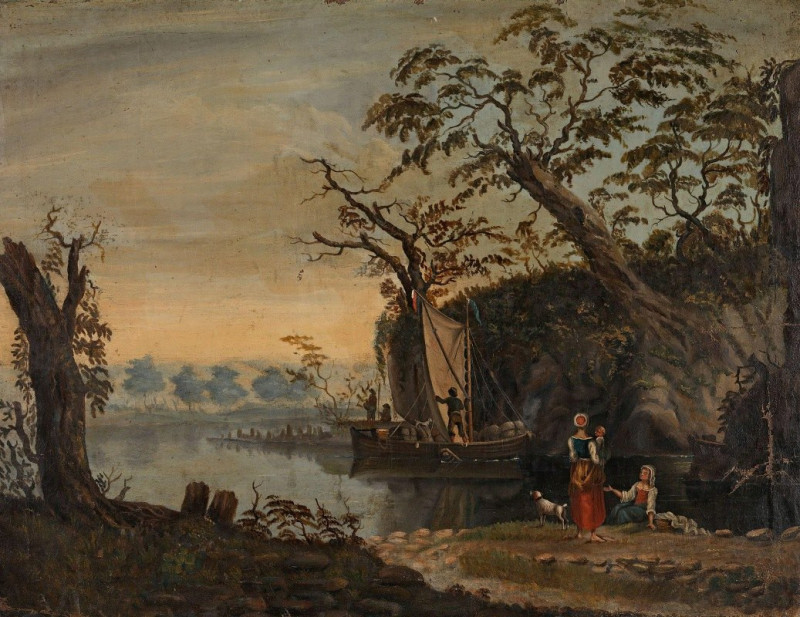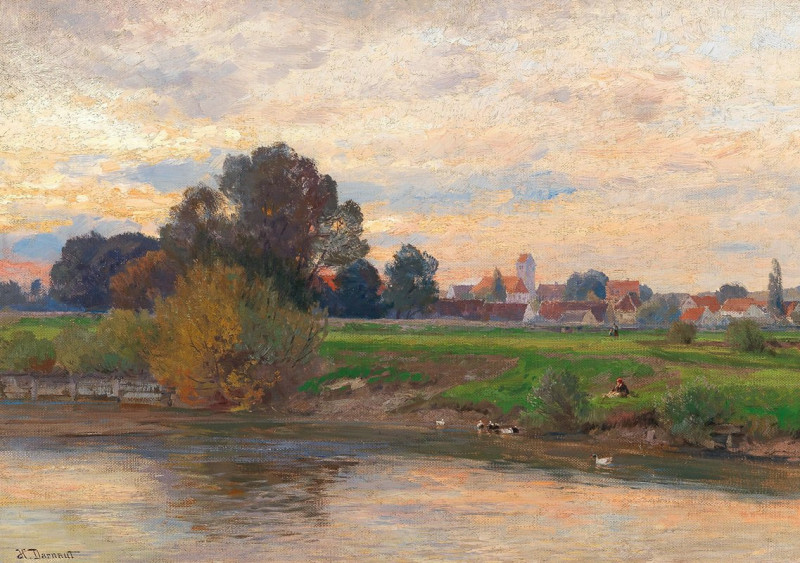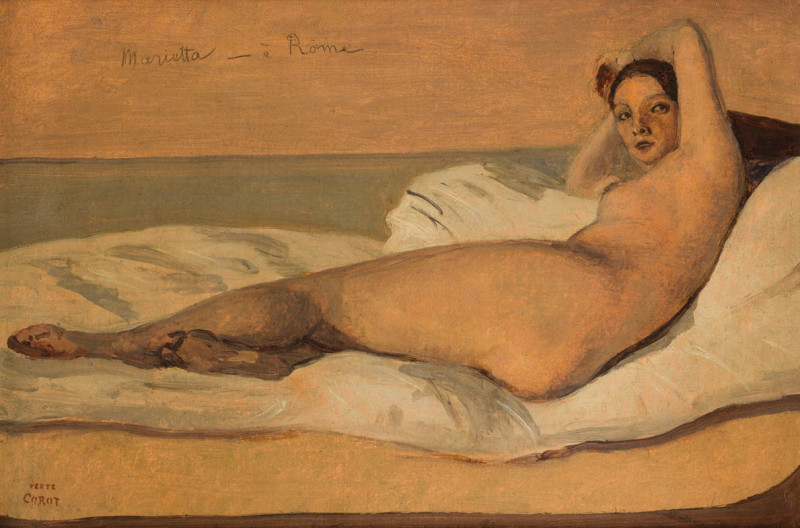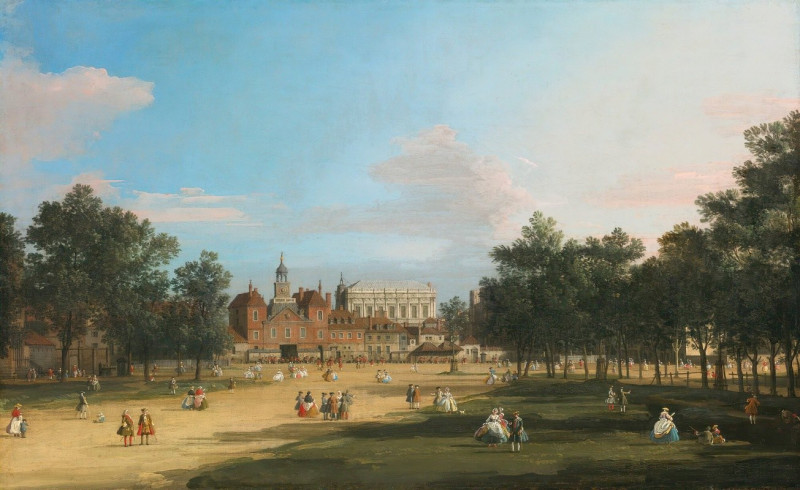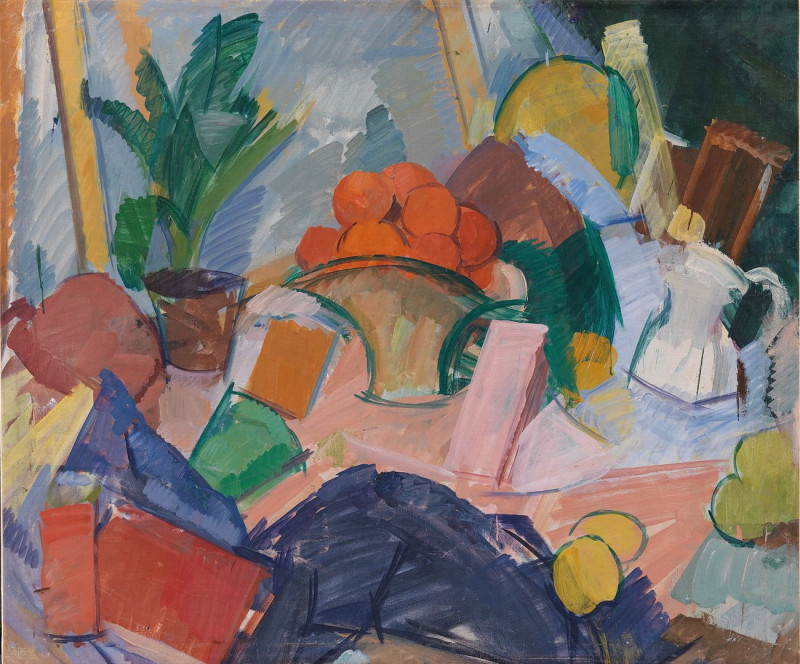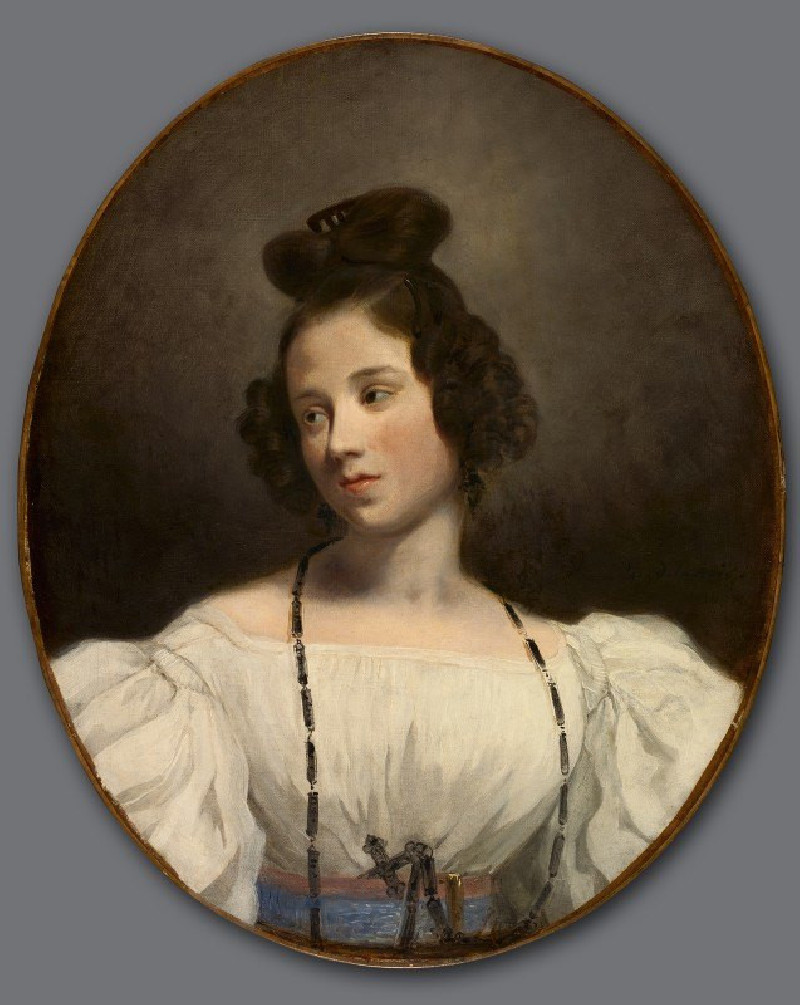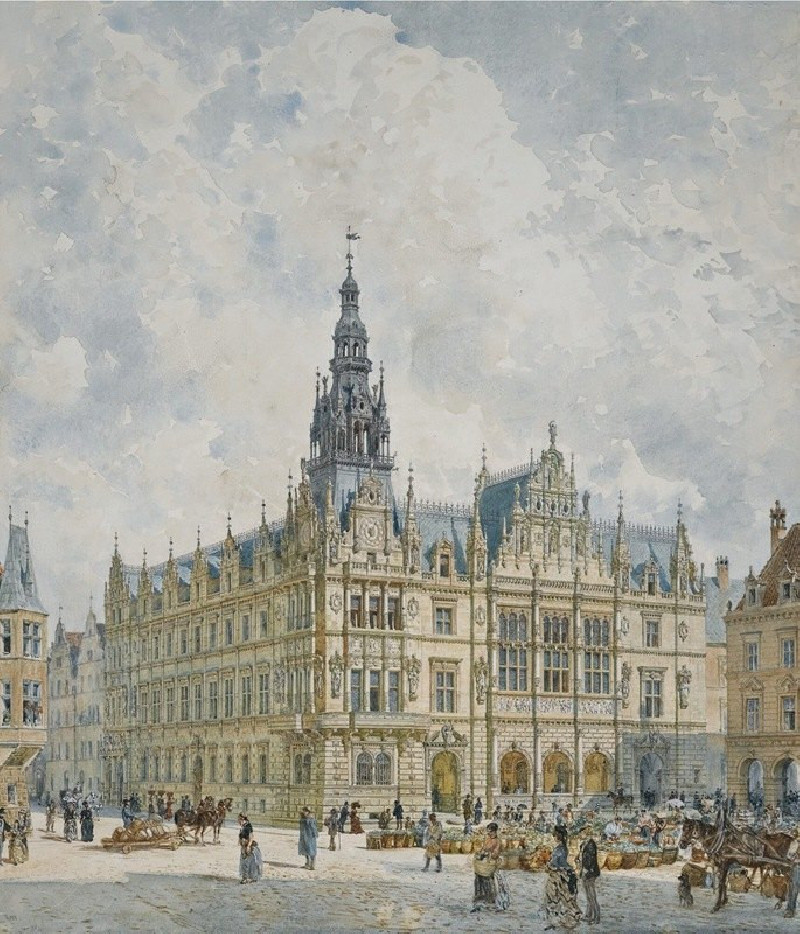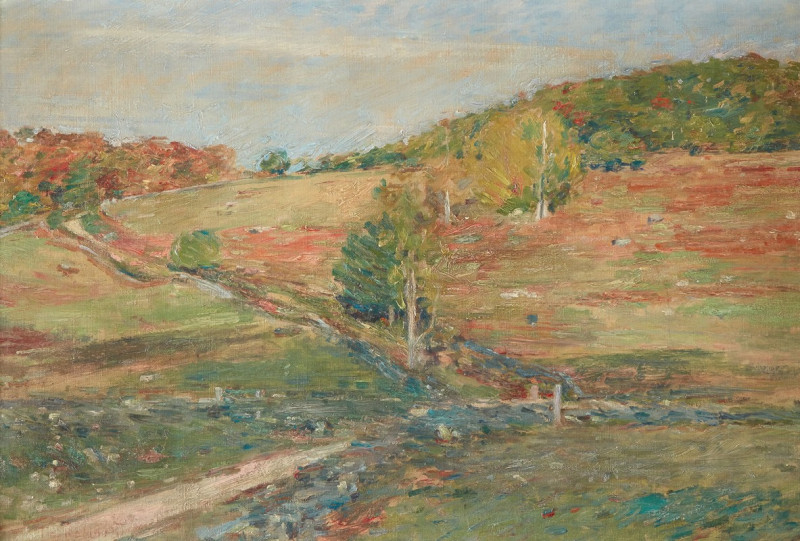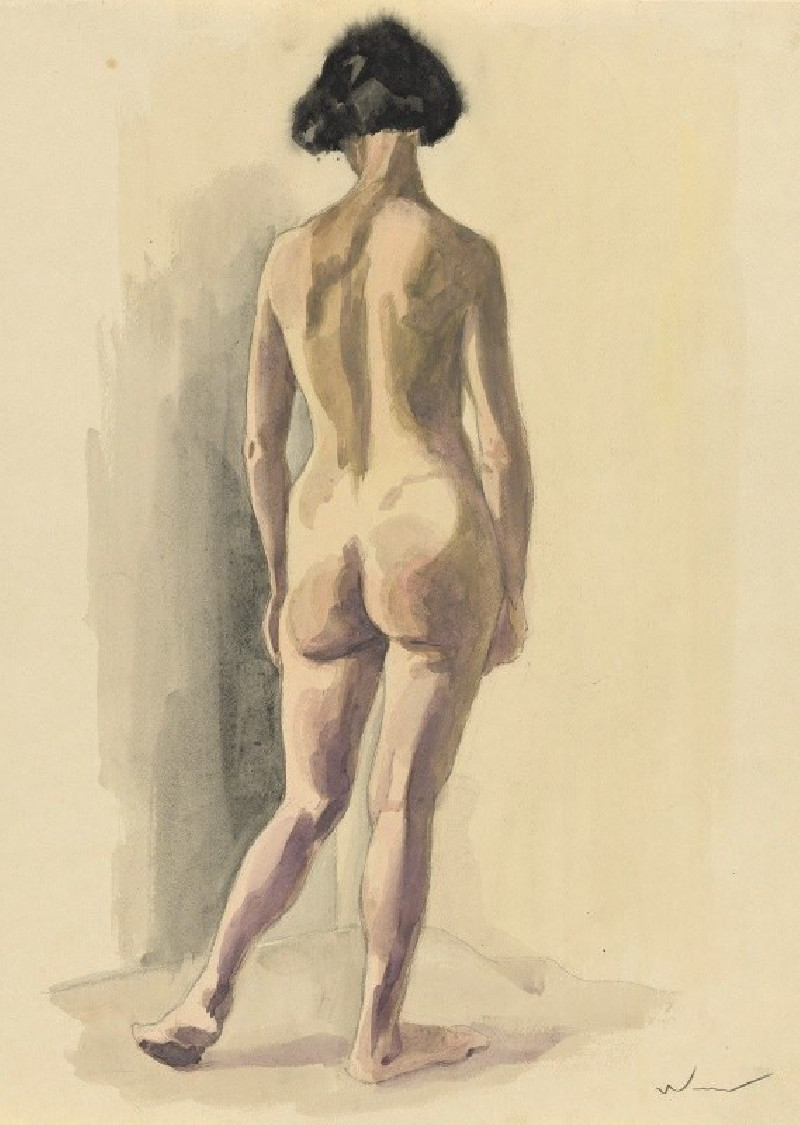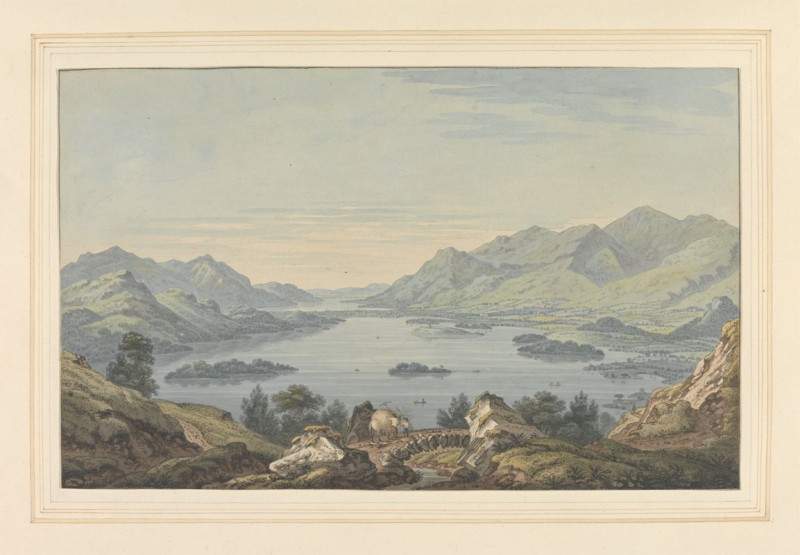La Sieste Pendant La Saison Des Foins (1867-1868)
Technique: Giclée quality print
Recommended by our customers
More about this artwork
In the serene painting "La Sieste Pendant La Saison Des Foins," Gustave Courbet captures a tranquil moment in the countryside. The artwork depicts a restful scene in which three figures, likely farm workers, take a peaceful nap under the soothing shade of large trees. The lush greenery enveloping the scene emphasizes a connection with nature and the rural life.In the foreground, two cows and an ox stand and rest calmly, harmoniously coexisting with the sleeping figures, suggesting a symbiosis between the humans and animals. Courbet's skilled use of light and shadow enhances the realistic depiction of the figures and animals, enveloped by a gentle sunlight that filters through the leaves.The background extends into a wide landscape, with a glimpse of hay bales and the expansive sky, promoting a sense of openness and the vastness of the agricultural environment. This painting, rich in detail and atmosphere, reflects Courbet's mastery in portraying rural life and his profound appreciation for the natural world.
Delivery
Returns
Jean Désiré Gustave Courbet (10 June 1819 – 31 December 1877) was a French painter who led the Realism movement in 19th-century French painting. Committed to painting only what he could see, he rejected academic convention and the Romanticism of the previous generation of visual artists. His independence set an example that was important to later artists, such as the Impressionists and the Cubists. Courbet occupies an important place in 19th-century French painting as an innovator and as an artist willing to make bold social statements through his work.

